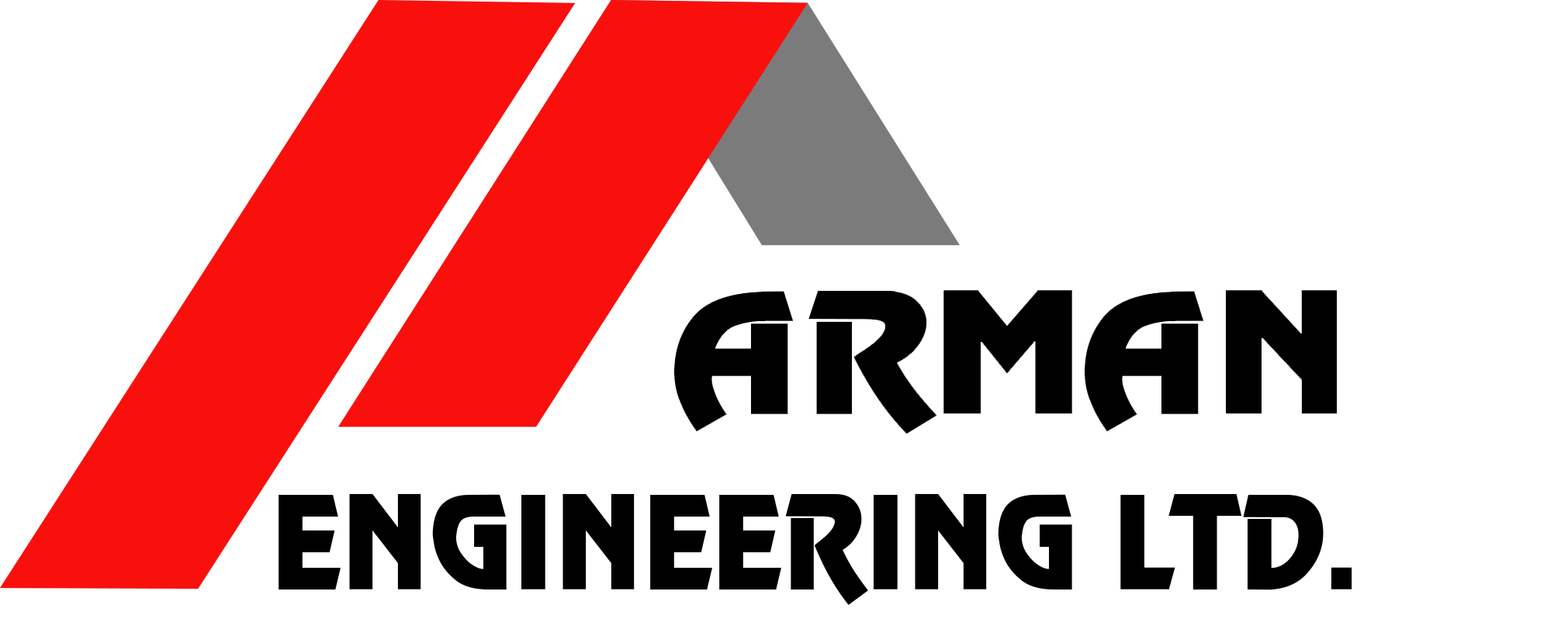A facade curtain wall is a non-structural, exterior cladding system commonly used in modern architecture. It consists of panels, mullions, and transoms assembled to create a visually appealing, weather-resistant, and energy-efficient building envelope.
Curtain walls provide several benefits, including enhanced natural light, thermal insulation, sound insulation, and weather protection. They also offer design flexibility, as they can accommodate a variety of materials and finishes.
No, while curtain walls are commonly associated with commercial structures, they are also used in residential buildings and high-end homes to achieve a modern and open architectural aesthetic.
Curtain walls can be constructed using various materials, including aluminum, glass, steel, and composite materials. The choice of materials depends on factors such as design intent, budget, and performance requirements.
Yes, modern curtain walls are designed with energy efficiency in mind. They often incorporate high-performance insulated glass units and thermal breaks to reduce heat transfer, thereby improving a building's energy performance.
Aluminium is arguably the most sustainable building material in the world and is also highly recyclable. This is because the aluminium recycling process uses only 5% of the energy used to create primary aluminium from bauxite ore.
Yes, like any building envelope system, curtain walls require regular maintenance to ensure their longevity and performance. Routine inspections and cleaning of the glass and metal components are common maintenance tasks.
Curtain walls are engineered to withstand various weather conditions, including wind, rain, and snow. They are tested and designed to meet local building codes and standards to ensure their structural integrity.
Yes, curtain walls offer a high degree of customization. Architects and designers can select from a wide range of finishes, colors, and glass types to achieve the desired appearance and performance.
Stick-built systems are assembled on-site piece by piece, while unitized systems are pre-fabricated in a factory and installed as large sections. Unitized systems often offer faster installation and may be more suitable for large-scale projects.
Yes, curtain walls can be retrofitted onto existing structures to improve aesthetics, energy efficiency, and functionality. However, the feasibility of retrofitting depends on the condition and structural capacity of the existing building.
Curtain walls can offer some level of sound insulation, especially when designed with appropriate glazing and sealing details. However, achieving high levels of sound insulation may require additional design considerations.
The lifespan of a curtain wall system can vary depending on factors such as materials used, maintenance practices, and environmental conditions. With proper maintenance, well-designed curtain walls can last several decades.
Curtain walls can be designed with fire-resistant materials and systems to comply with fire safety regulations. The level of fire resistance depends on the specific design and requirements of the building.
Yes, some curtain wall systems can integrate operable windows or vents to provide natural ventilation. This feature can improve indoor air quality and energy efficiency.
Curtain walls are designed with weather-resistant features, including drainage systems and sealants, to prevent water infiltration. Proper installation and maintenance are essential to ensure their effectiveness.
While curtain walls are not primarily designed for security, they can incorporate laminated or tempered glass for enhanced security. Additional security measures such as access control systems are typically implemented separately.
Choosing the right curtain wall system involves considering factors such as the building's design, location, energy efficiency goals, budget, and performance requirements. Consulting with facade experts and architects is advisable for informed decision-making.















